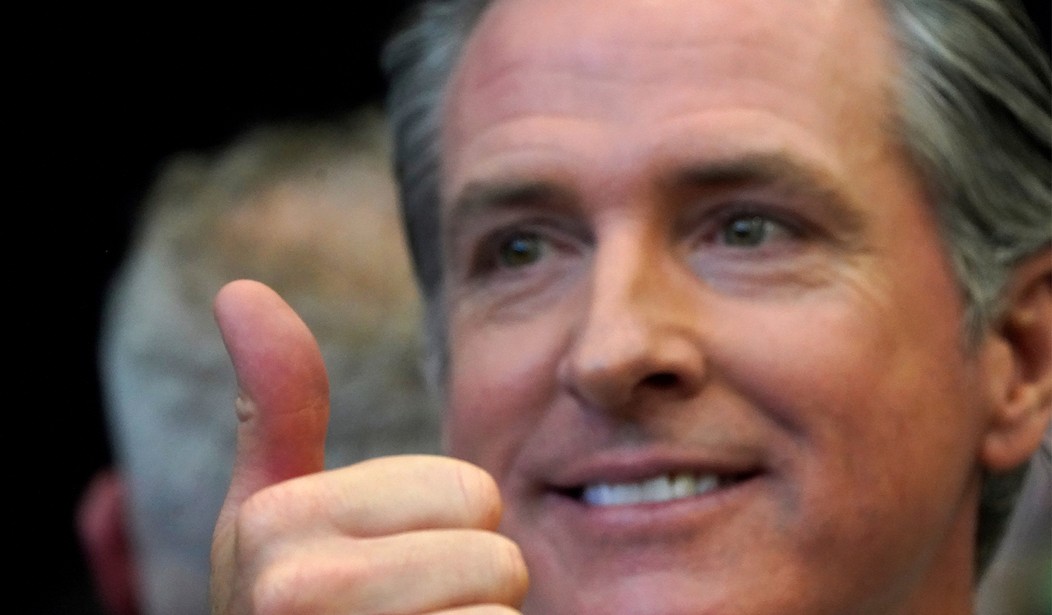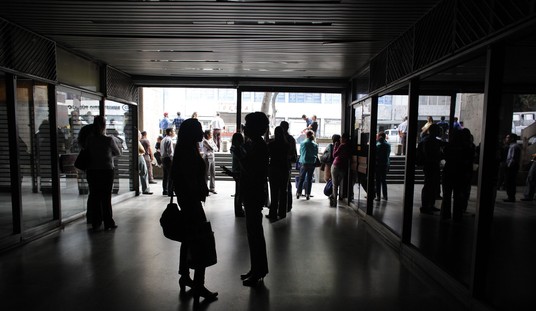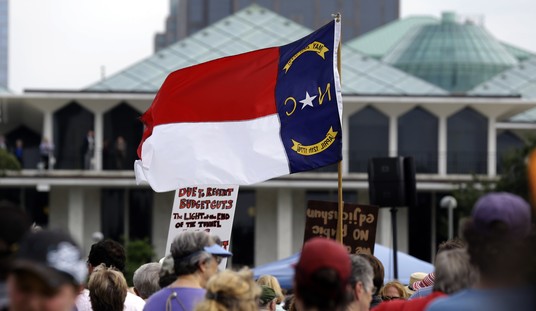Anyone who’s followed the travails of the state of California and its energy needs has heard about the “rolling blackouts” that Californians have come to expect during heatwaves every year. They happen because the state simply doesn’t have enough power to cover demand.
State authorities warned residents via text alerts in September 2022 “to set their ACs no lower than 78 degrees and forgo the use of appliances like washing machines,” as my colleague Bob Hoge wrote then. And the solution proposed by Democrat Governor Gavin Newsom? Expand renewable energy use in the Golden State.
Now, Newsom’s plans are coming to fruition: he says he wants the state of California itself to buy renewable power sources like wind and thermal energy, a change that would likely force Californians to pay for it on their power bills.
Via The Associated Press:
Now, Democratic Gov. Gavin Newsom wants to buy massive amounts of renewable energy to help keep the lights on. The idea is to use the state’s purchasing power to convince private companies to build largescale power plants that run off of heat from underground sites and strong winds blowing off the coast — the kinds of power that utility companies have not been buying because it’s too expensive and would take too long to build.
“We laid out the markers on solar and wind, but we recognize that’s not going to get us where we need to go,” Newsom said during a news conference last week. “The issue of reliability has to be addressed.”
For now, California has to make up the “energy shortfall” with diesel generators:
There’s a lot at stake, not just for the future of clean energy, but for Newsom himself. The Democratic governor, now in his second term and widely seen as a future presidential candidate, insists California will be carbon neutral by 2045. But this goal is often mocked in the summer when, to avoid rolling blackouts, state officials turn on massive diesel-powered generators to make up the state’s energy shortfall.
Just how much power does the state need to keep up with future demand?
California will need to add about 40 gigawatts of new power over the next 10 years, according to the California Independent Systems Operator, which manages the state’s power grid. One gigawatt is enough to power about 750,000 homes.
The thinking is that, by bringing more of these power sources online, when the energy resources get stretched thin, they could turn to renewables instead of diesel. But there could be some sticker shock for Californians, as the cost of this plan by Newsom would be covered by “a new, still undetermined charge on their electric bills”:
This would be a big change for California, where up to now utility companies have been responsible for buying their own power. Customers would have to pay for the new power the state buys through a new, still undetermined, charge on their electric bills.
There’s another way the new power plan could cost consumers more, though:
Publicly-owned utilities, like the Los Angeles Department of Water and Power, fear the state’s entrance into the energy market will create new competition, potentially increasing prices for everyone in a market already struggling with a lack of supply.
Patrick Welch, legislative director for the California Municipal Utilities Association, said if California starts buying power the state would be competing with utilities “and that could further drive up prices.”
“In the past two or three years, the market for new resources has gotten incredibly tight,” he said. “That tightness is really impacting the price of energy and particularly during the summer months.”
Democrats in the state legislature say they’ll fix that issue by tweaking the governor’s proposal: the government would only buy “offshore wind and geothermal” power:
While Newsom wanted the state to buy any type of power, lawmakers say it should be restricted to offshore wind and geothermal — two power sources that the utility companies currently aren’t buying.
This is no surprise that Newsom is putting this out there, of course. Gov. Newsom and his administration are staunch advocates for green energy, even going so far as to ban the sale of diesel trucks by 2036, and mandate all trucks create zero emissions by 2042 in April. We’ll keep you posted on where this goes.













Join the conversation as a VIP Member